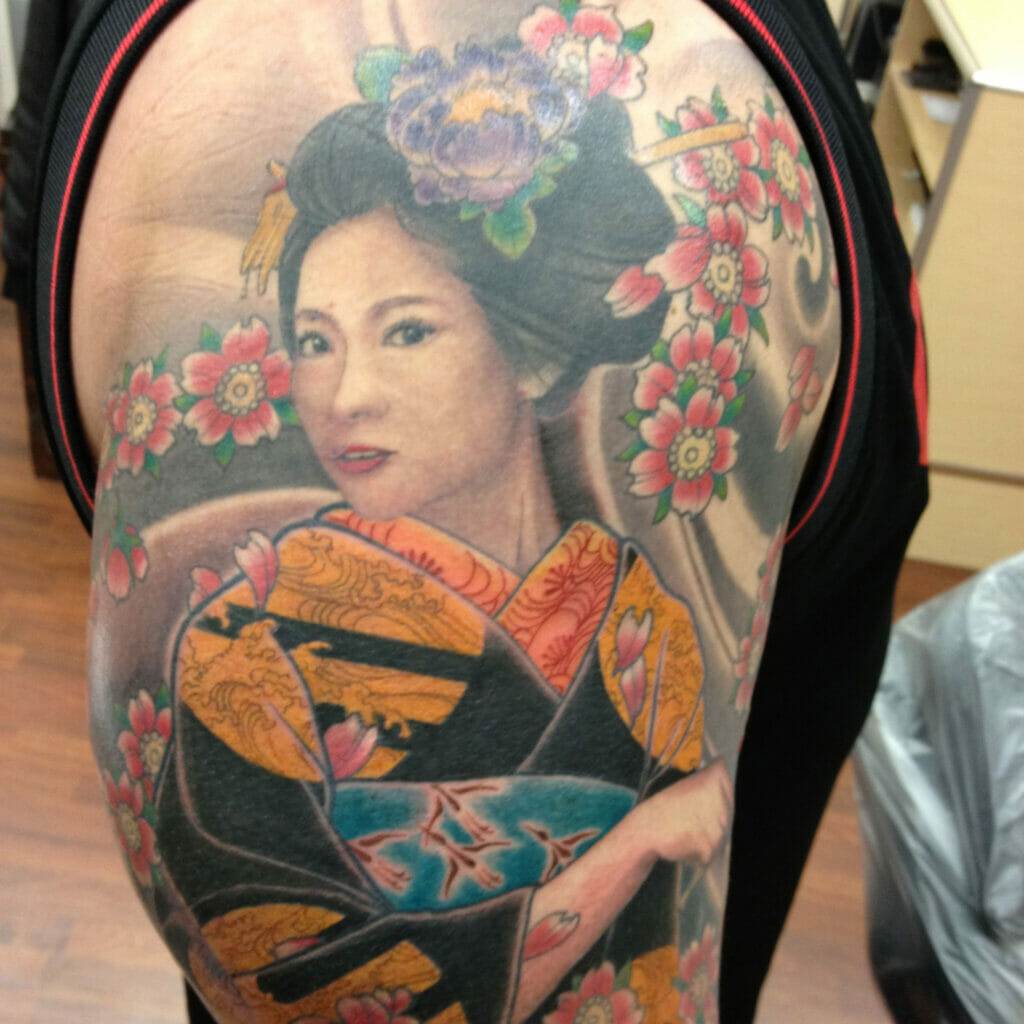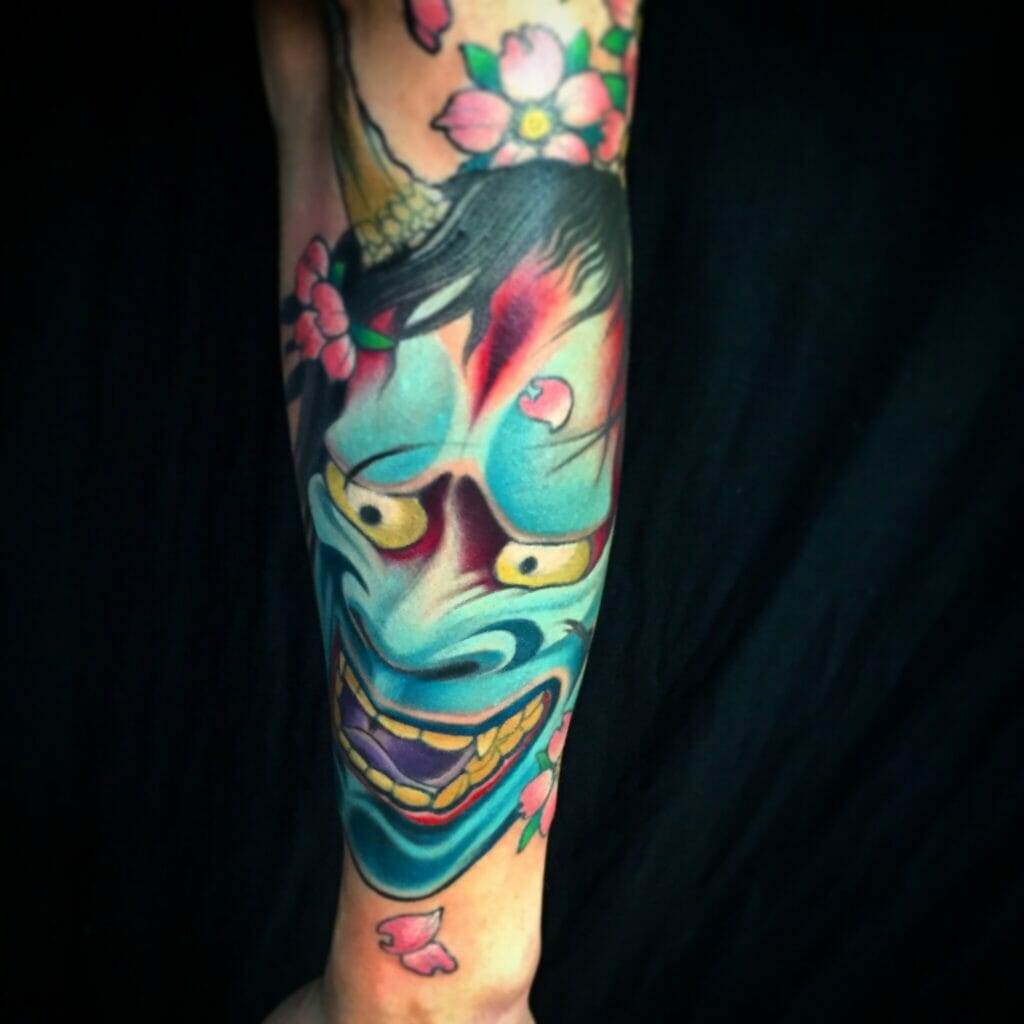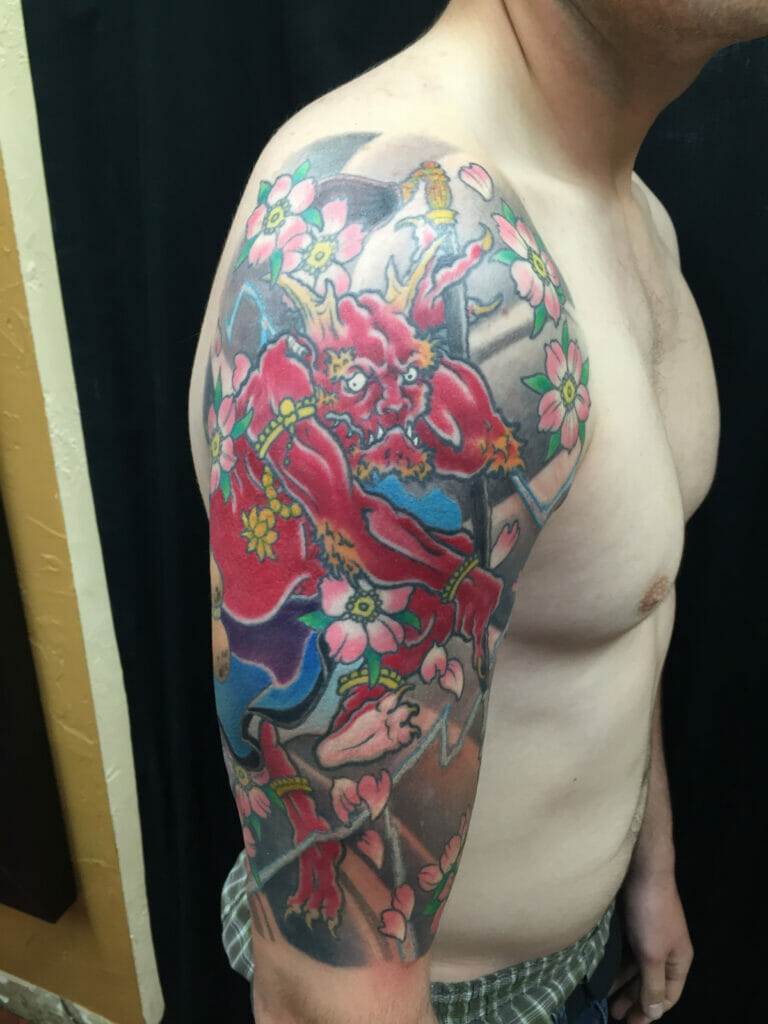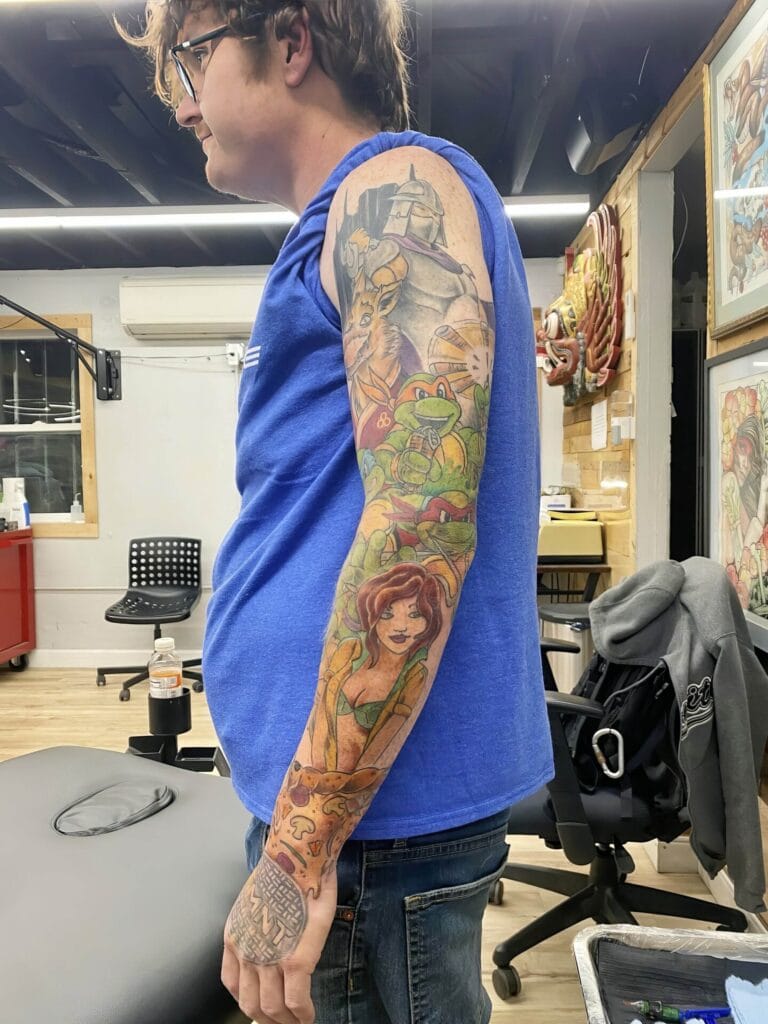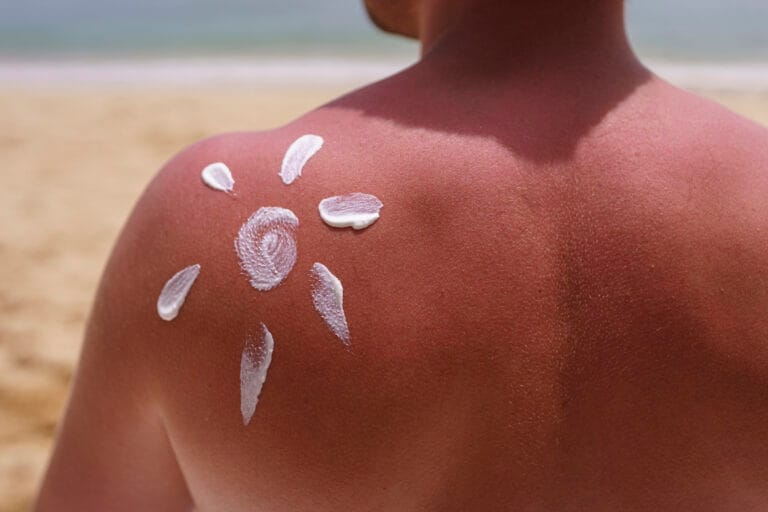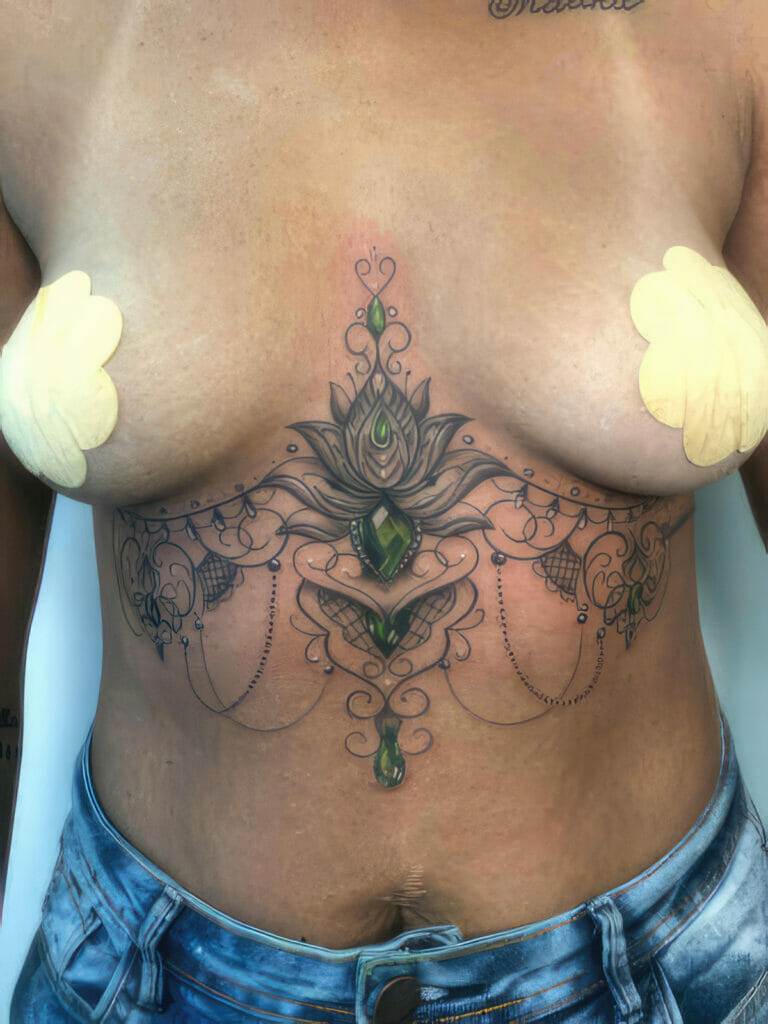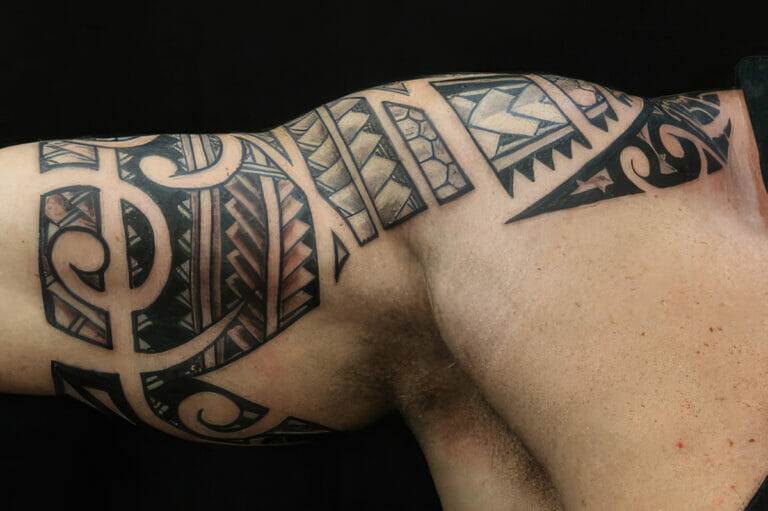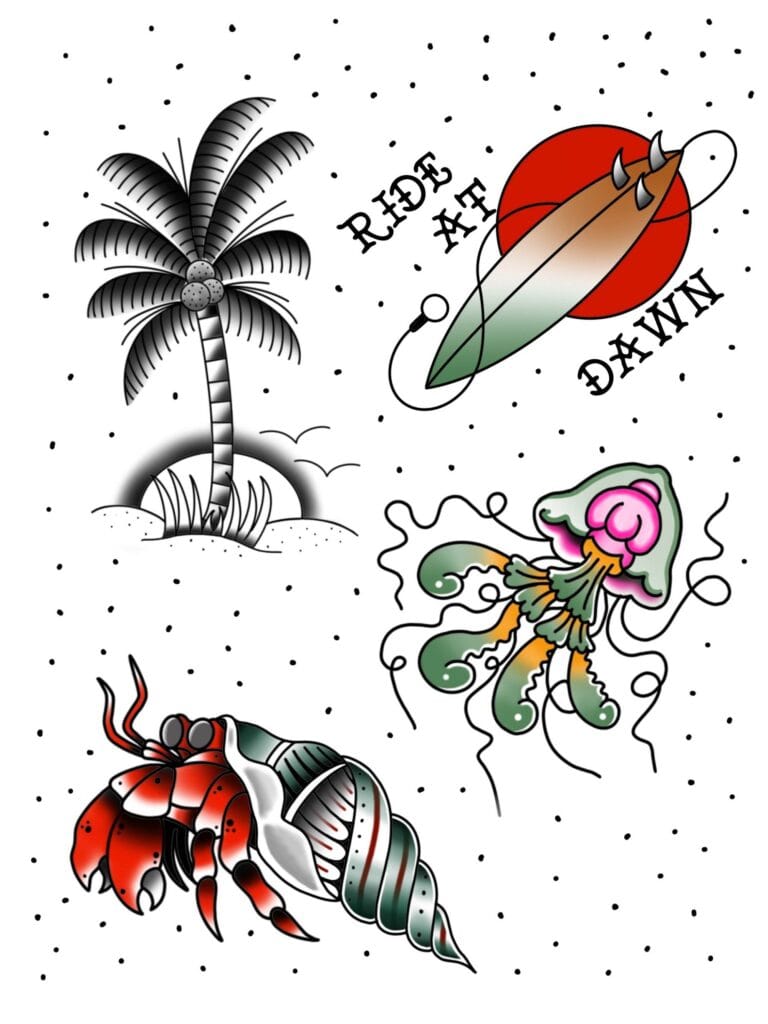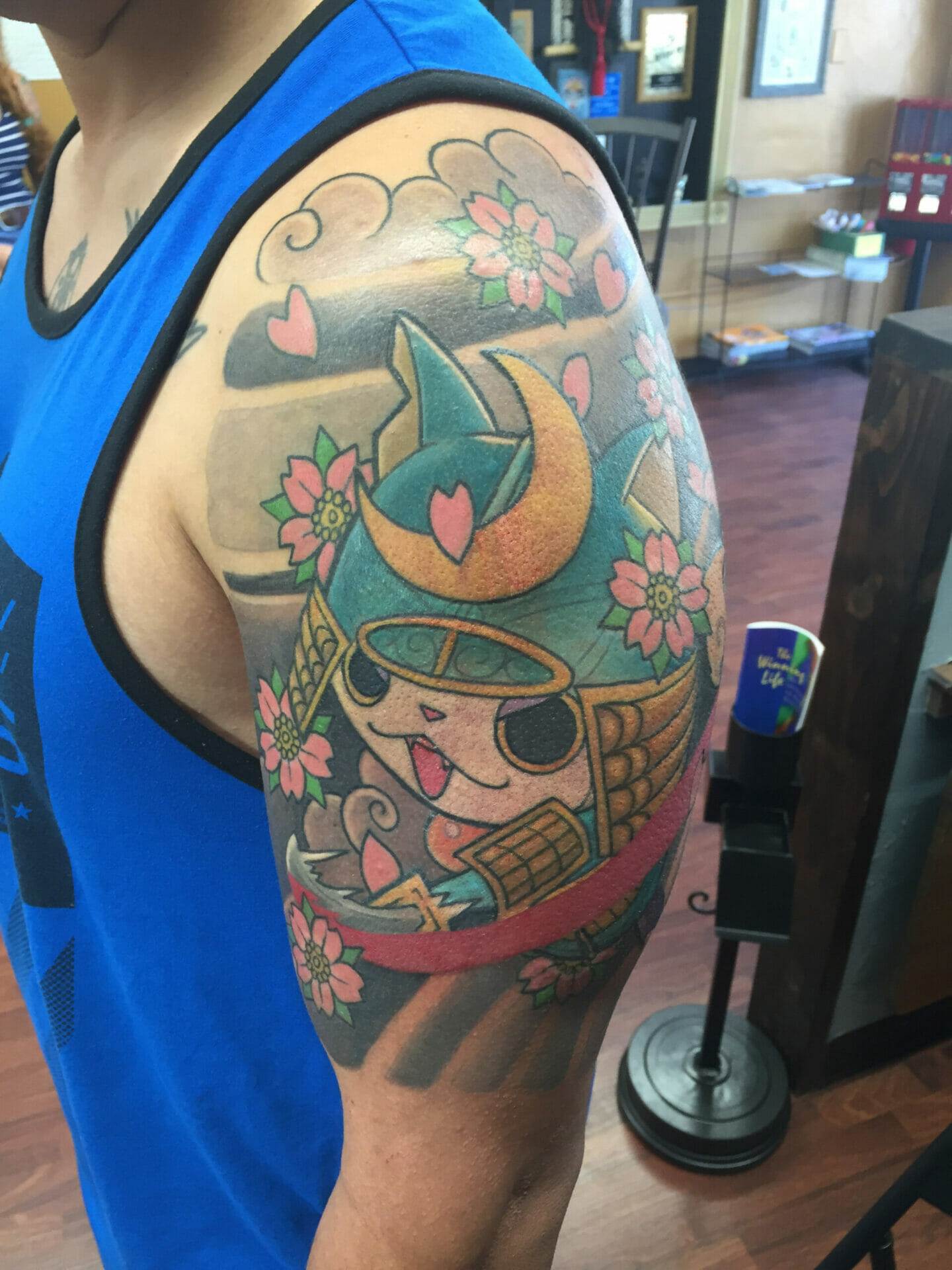
Japanese tattoos, also known as irezumi, have a rich history and deep cultural significance in Japan. These intricate and vibrant designs have captivated people around the world, making Japanese tattoos one of the most popular styles among tattoo enthusiasts. The art of Japanese tattooing is not only visually stunning but also carries deep symbolism and meaning. In this article, we will explore the history and evolution of Japanese tattooing, the symbolism behind the designs, the traditional techniques and tools used, the role of irezumi in Japanese culture and society, famous Japanese tattoo artists and their masterpieces, the beauty of Japanese tattoo motifs and patterns, modern interpretations of Japanese tattooing, the significance of placement and size, and the pain and healing process of getting a Japanese tattoo.
History and Evolution of Japanese Tattooing
The origins of Japanese tattooing can be traced back thousands of years. The art form was heavily influenced by Chinese culture, particularly during the Yayoi period (300 BC – 300 AD), when Chinese characters were introduced to Japan. However, it was during the Kofun period (250 – 538 AD) that tattoos began to take on a more distinctively Japanese style. The Ainu people, an indigenous group in Japan, also played a significant role in shaping Japanese tattooing. They used tattoos as a form of spiritual protection and identification.
During the Edo period (1603 – 1868), irezumi reached its peak in popularity. It was during this time that the art form became associated with criminality and was used as a form of punishment for criminals. However, it was also during this period that irezumi became more refined and intricate. Tattoo artists began to specialize in specific motifs and designs, such as dragons, koi fish, cherry blossoms, and geisha.
Symbolism and Meanings Behind Japanese Tattoo Designs
Japanese tattoo designs are rich in symbolism and meaning. Each motif carries its own significance and can represent various qualities, values, and beliefs. For example, dragons are often seen as symbols of strength, wisdom, and protection. Koi fish represent perseverance and determination, as they are known for their ability to swim upstream against strong currents. Cherry blossoms symbolize the transient nature of life and the beauty of impermanence.
It is important to choose a design that reflects one’s personality and values. Japanese tattoo artists often work closely with their clients to create custom designs that are meaningful and unique. The placement of the tattoo is also significant, as different body parts have different associations and meanings in Japanese culture. For example, a full back tattoo symbolizes strength and resilience, while a sleeve tattoo represents dedication and commitment.
Traditional Japanese Tattoo Techniques and Tools
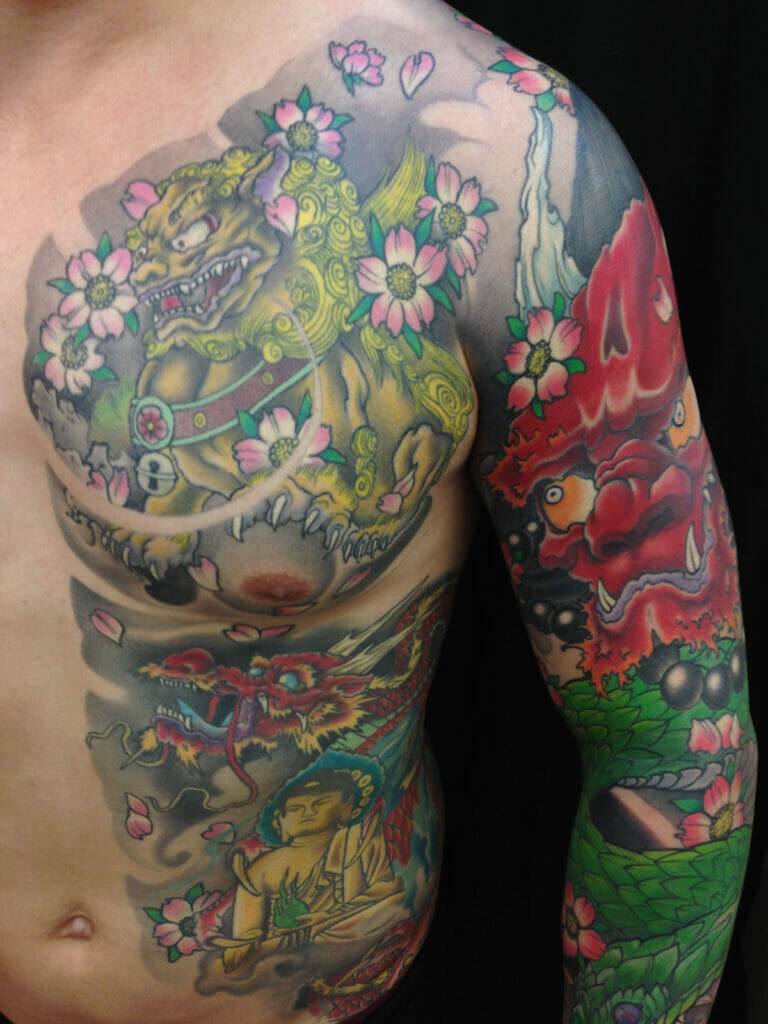
Traditional Japanese tattooing is done using a technique called tebori, which means “hand-poked.” This method involves using a handheld tool with multiple needles attached to it. The artist dips the needles into ink and then manually punctures the skin to create the design. This technique allows for more control and precision compared to modern tattoo machines.
Another traditional technique used in Japanese tattooing is hikae, which means “outline.” This method involves outlining the design first before filling it in with color. This technique creates bold lines and adds depth to the design.
Natural ink is typically used in Japanese tattooing, made from ingredients such as charcoal or plant-based pigments. Hygiene is of utmost importance during the tattooing process, as the risk of infection is high. Traditional tattoo artists take great care to ensure that their tools are sterilized and that proper aftercare instructions are given to their clients.
The Role of Irezumi in Japanese Culture and Society
Irezumi has a long-standing association with criminality in Japan. During the Edo period, tattoos were used as a form of punishment for criminals, and the art form became closely associated with the yakuza, the Japanese mafia. Yakuza members often sport elaborate full-body tattoos as a sign of their loyalty and commitment to the organization.
However, in recent years, attitudes towards tattoos in Japan have begun to shift. While tattoos are still often stigmatized and associated with criminality, there is a growing acceptance and appreciation for the art form. Many young people in Japan are now getting tattoos as a form of self-expression and rebellion against societal norms.
The Beauty of Japanese Tattoo Motifs and Patterns
One of the defining characteristics of Japanese tattoos is their intricate and detailed nature. The designs are often composed of multiple elements, such as flowers, animals, and mythical creatures, all woven together to create a cohesive and visually striking composition.
Bold lines are used to outline the design, while vibrant colors are used to bring the design to life. Shading techniques are also employed to create depth and texture, giving the tattoo a three-dimensional quality.
The level of detail and precision required in Japanese tattooing is truly remarkable. It takes years of practice and dedication to master this art form, making each tattoo a true work of art.
Modern Interpretations of Japanese Tattooing
While traditional Japanese tattooing remains popular, there has been a rise in modern interpretations of the art form. Many tattoo artists are now incorporating contemporary styles and techniques into their designs, creating a fusion of traditional and modern aesthetics.
Some artists are experimenting with different color palettes, using vibrant and unconventional colors to create unique and eye-catching tattoos. Others are incorporating elements of realism or abstract art into their designs, pushing the boundaries of what is considered traditional Japanese tattooing.
The Significance of Placement and Size in Japanese Tattoos
In Japanese culture, the placement and size of a tattoo are significant. Different body parts have different associations and meanings. For example, a full back tattoo symbolizes strength and resilience, while a sleeve tattoo represents dedication and commitment.
The size of the tattoo also carries meaning. Larger tattoos are often seen as more impressive and signify a greater level of commitment to the art form. Smaller tattoos, on the other hand, can be more discreet and personal.
When choosing the placement and size of a Japanese tattoo, it is important to consider how it will interact with the body’s natural contours and movements. The design should flow harmoniously with the body, enhancing its natural beauty.
The Pain and Healing Process of Getting a Japanese Tattoo
Getting a Japanese tattoo can be a painful experience, especially for those who opt for traditional tebori techniques. The process involves manually puncturing the skin with multiple needles, which can be quite uncomfortable. However, many people find the pain to be bearable and even therapeutic.
Proper aftercare is crucial to ensure proper healing and prevent infection. It is important to keep the tattoo clean and moisturized, avoid exposing it to direct sunlight or soaking it in water for extended periods of time, and follow any specific instructions given by the tattoo artist.

The Timeless Allure of Japanese Tattoos
Japanese tattoos have a timeless allure that continues to captivate people around the world. The art form’s rich history, deep symbolism, and intricate designs make it a popular choice among tattoo enthusiasts. Whether it is a traditional irezumi or a modern interpretation, Japanese tattoos are a powerful form of self-expression and cultural heritage. They carry with them the stories and traditions of generations past, and serve as a reminder of the enduring beauty and power of art.

